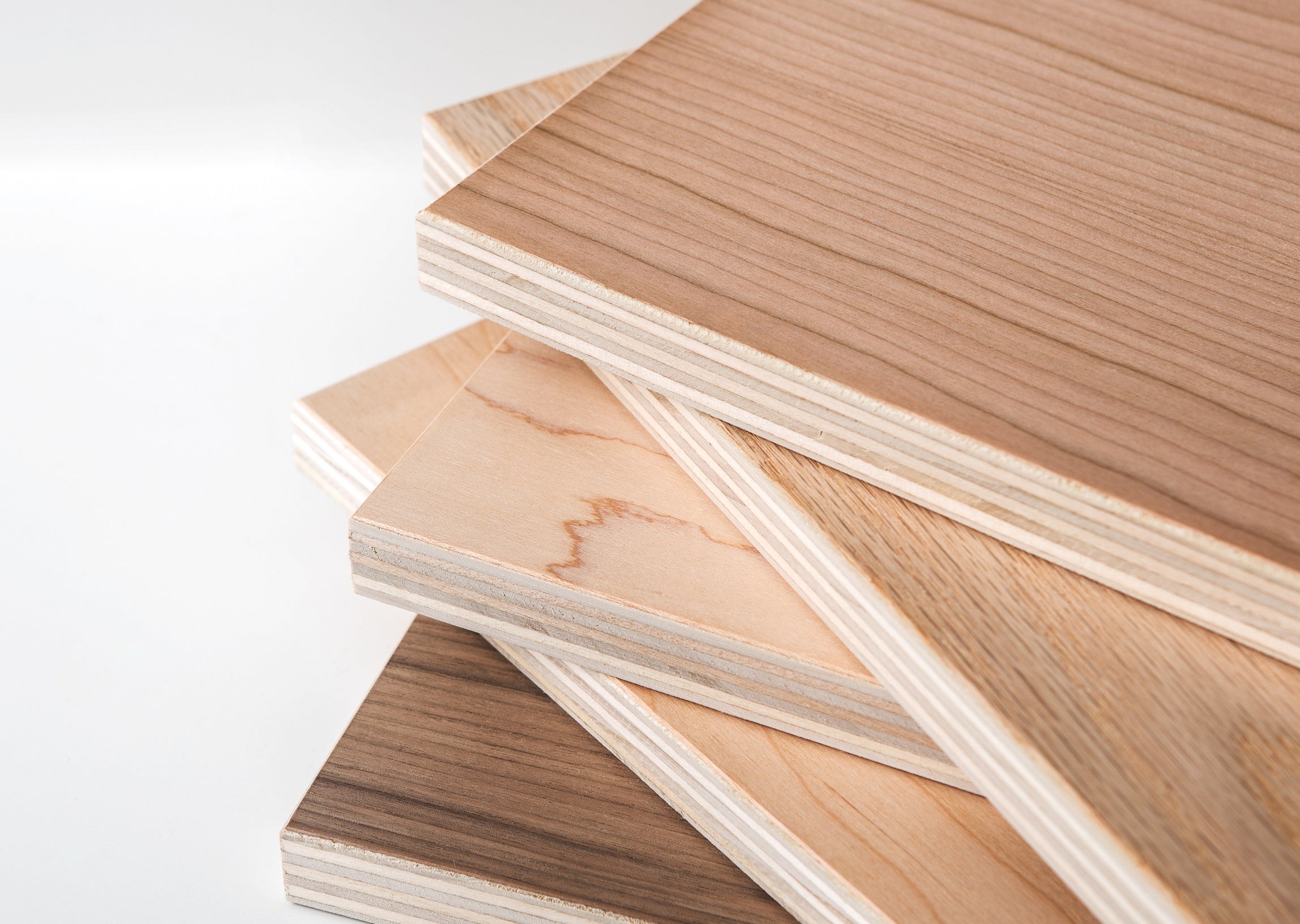Woodworkers and DIY enthusiasts know that the best material selection can make or ruin a project. Solid wood is an iconic product, but engineered wood products like MDF (Medium Density Fiberboard) as well as melamine and particle boards are great alternatives. Understanding their distinctive properties is the key to designing stunning and functional designs.
MDF Board: The Champion of Softness and Flexibility
MDF has become a mainstay in woodworking workshops across the globe. The smooth surface of MDF boards is easy to work with and accepts paint, stain and veneers. Unlike solid wood, MDF boards boast consistent density across the board, removing concerns regarding cracks or warping. This consistency allows them to be used for complex carvings, moldings as well as for the creation of intricate architectural features.

MDF Boards Benefits
Smooth Surface: This permits the painting or veneer that is smooth providing a professional look.
Efficiency: MDF is easy to drill, cut and route, making it ideal for intricate and detailed designs.
Strength and Durability: Despite their perception of moisture-related vulnerability high-quality MDF boards offer significant strength and are able to endure wear and tear.
Versatility: From crafting furniture, to making cabinets and even creating architectural elements, MDF boards have a broad range of possibilities.
Melamine Sheets The place where Durability Meets Fashion
Melamine sheets are a beautiful touch to MDF boards. They are made of a thin layer melamine resin which is then bonded to MDF creating a durable and attractive surface. The melamine finish comes in a vast array of textures, colors, and woodgrain patterns. This allows you to achieve the aesthetic you desire to your design.
The Benefits of Melamine Sheets:
The surface is stain and scratch-resistant: The melamine surface provides an outstanding level of resistance to staining and scratches. They are great in areas that experience many people, such as bathrooms and kitchens.
Easy Maintenance: Melamine sheets require minimal upkeep. Simple wipe-downs using a moist cloth ensure they look good.
Cost-effective Alternative: Melamine sheets that are comparable to solid hardwood but possess an aesthetic appeal that is higher provide a more affordable option and still maintain a luxurious design.
The flexibility of Melamine Sheets is what makes them an the ideal choice for commercial and residential projects.
Particle Boards: A Economical Alternative
Although less popular than MDF and Melamine, Particle Board is a great choice for projects in which structural durability is more crucial than aesthetics. Composed of wood particles that are bonded to resin, it provides the necessary toughness and durability.
Understanding Particle Board:
The most cost-effective choice is to use particle board.
Particle board has limited applications because of its rougher surface, as well because it’s less resistant to moisture, particle boards are ideal for furniture elements in the interior or subflooring where aesthetics don’t matter.
Subject to Moisture: Particle board can swell and lose its strength when exposed to moisture. For applications in humid environments, it’s important to select moisture-resistant varieties.
Choosing the Right Engineered Wood Panel
The choice of an engineered wood panel will depend on the project’s particular needs and needs. Here’s a quick guide to help you decide:
For smooth surfaces, intricate designs, and overall versatility: MDF boards are the top choice.
Melamine sheets are the ideal choice when scratch resistance and a prefinished surface are essential.
For projects that are budget-conscious and in which structural integrity is a primary concern the use of particleboard is an option.
The Future of Woodworking is Embracing Engineered Wood.
MDF sheets, melamine sheet and particle board are excellent options for DIYers as well as woodworkers. The flexibility, affordability and consistent performance make them an essential part of any project’s toolbox. Engineered wood products will continue to develop as technology progresses, expanding the possibilities of creativity for future woodworking.